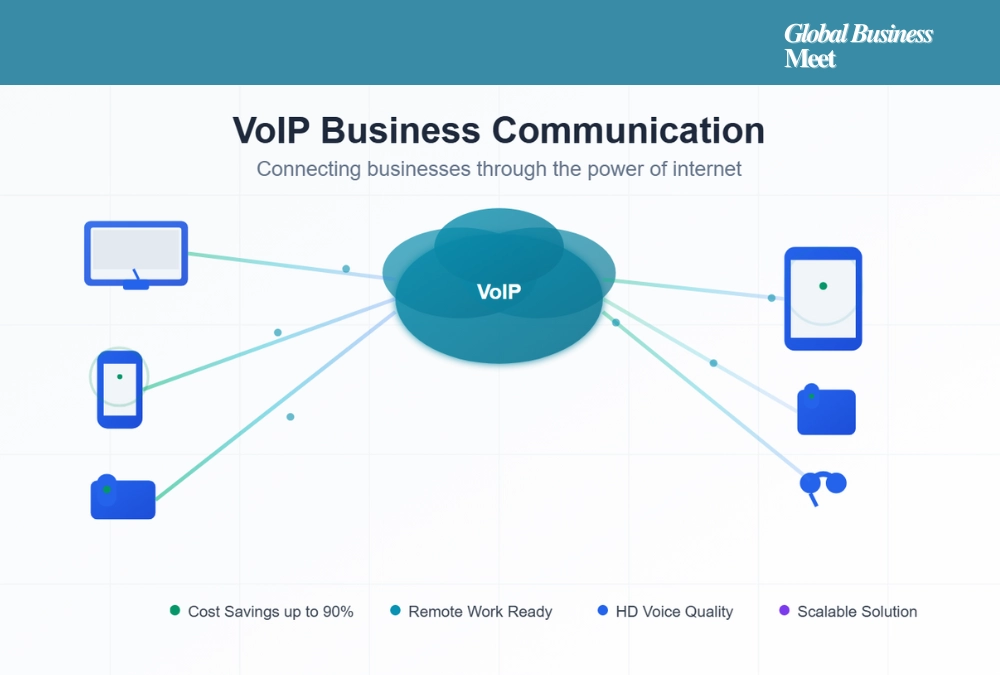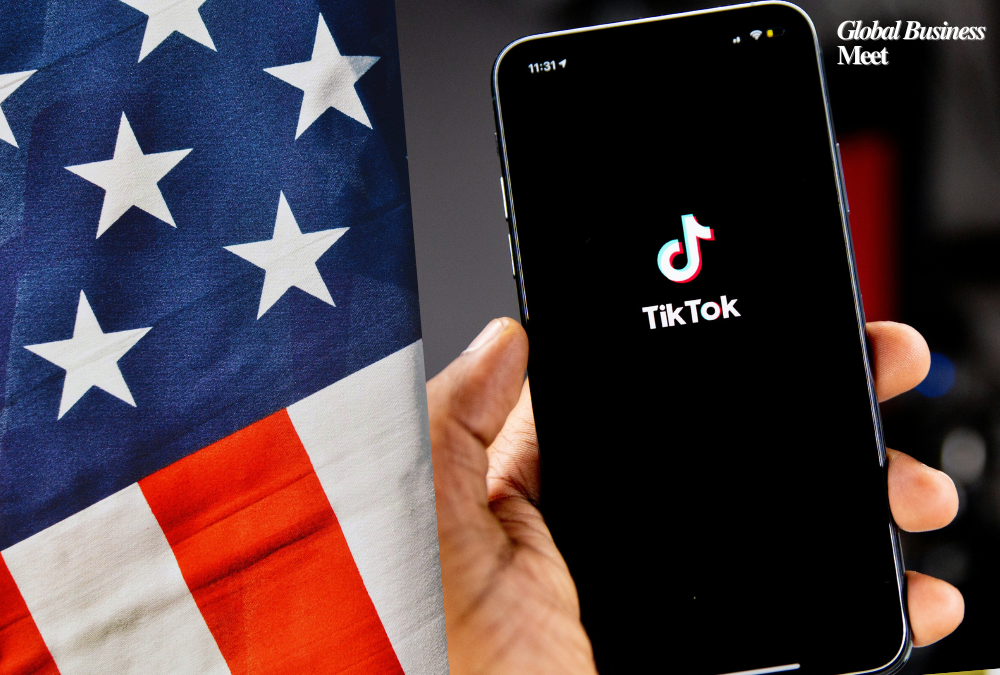
In today’s global business environment, smooth and reliable communication is not just an advantage but a necessity. One technology making this possible is Voice over Internet Protocol (VoIP). By enabling calls over the internet, VoIP gives businesses a faster, cheaper, and more flexible way to stay connected.
With companies worldwide moving toward digital-first solutions, VoIP adoption is surging. The global VoIP services market was valued at $161.79 billion in 2025 and continues to grow due to demand for cost-effective communication solutions (Tragofone, 2025).
This article explains what VoIP is, how it works, why businesses are switching, and where the technology is headed.
What is VoIP?
VoIP allows people to make voice calls using the internet instead of traditional phone lines. It works by converting your voice into digital data packets that travel across the internet, then converting them back into sound for the recipient.
This means calls can be made from almost any internet-connected device, including computers, smartphones, tablets, or dedicated VoIP phones. Because it is both scalable and accessible, VoIP works equally well for startups and large enterprises.
How VoIP Works
The process is simple:
- Voice to Data Conversion: Your voice is converted into digital packets.
- Transmission: These packets travel across the internet to the recipient.
- Data to Voice Conversion: On the receiving end, the packets are turned back into sound.
All that is needed is a reliable internet connection. Many providers also offer apps, so specialized hardware is often unnecessary. About 80 percent of companies use multiple cloud platforms to support VoIP and other communication services, increasing accessibility (MHC Automation, 2025).
Why Businesses Are Switching to VoIP
VoIP is solving real problems for modern businesses.
1. Cost Savings
VoIP can reduce phone bills by up to 30 percent and cut international call costs by as much as 90 percent. It also eliminates the need for expensive infrastructure and ongoing maintenance.
2. Flexibility for Remote Work
With nearly a third of employees working remotely, VoIP makes it easy to call from anywhere with internet access. Managers have reported 62 percent higher productivity among remote teams using VoIP (Zoom, 2024).
3. Advanced Features
VoIP systems provide call forwarding, voicemail-to-email, video conferencing, call analytics, and CRM integration. These tools help businesses meet customer expectations, as 86 percent of customers want a seamless experience across communication channels (G2, 2024).
4. Scalability
Adding or removing lines is simple without major infrastructure changes. Small and mid-sized businesses alone are expected to drive 15 percent of VoIP’s market growth by 2025 (Zoom, 2024).
5. Call Quality
Faster internet speeds and 5G networks with up to 100 Mbit/s data transfer rates ensure clear, high-definition audio with fewer dropped calls (Chanty, 2025).
How Businesses Use VoIP
VoIP supports many different business functions:
- Call Centers: Automatic call distribution and real-time monitoring can improve response times by up to 25 percent (Telkart, 2025).
- Sales Teams: Integration with CRMs like Zoho or HubSpot helps track calls and improve lead management (Acefone, 2025).
- Remote Teams: Video-enabled VoIP helps distributed teams collaborate more effectively, with 90 percent of employees reporting better teamwork (Vested Networks, 2025).
- Customer Support: IVR systems and call analytics help companies provide service that 96 percent of consumers consider when making purchasing decisions (Acefone, 2025).
VoIP and Digital Transformation
VoIP is a key part of digital transformation and the move to cloud-based communication. The Unified Communications as a Service (UCaaS) market, which includes VoIP, is expected to reach $69.93 billion by 2028 (G2, 2024).
Artificial intelligence is also shaping VoIP’s future. Like ChatGPT, which is transforming how people access information, VoIP is being combined with AI tools for automated call routing and sentiment analysis. By 2025, over 60 percent of organizations are expected to adopt AI-driven VoIP systems (Vested Networks, 2025).
Getting Started with VoIP
Businesses ready to adopt VoIP should:
- Assess Needs: Consider call volume, team size, and necessary features such as CRM integration.
- Choose a Provider: Popular providers include RingCentral, Zoom Phone, OpenPhone, Acefone, Calilio, JustCall, Nextiva, Grasshopper.
- Check Internet Speed: A minimum of 100 Kbps per call is recommended (Nextiva, 2024).
- Train Employees: Make sure teams are comfortable with features to use the system effectively.
Conclusion
VoIP is more than an alternative to traditional phone systems. It is a strategic communication tool. With proven cost savings, flexibility, advanced features, and a growing global market, VoIP helps businesses boost productivity, improve customer experiences, and stay competitive.
For organizations looking to remain future-ready, VoIP offers a reliable and scalable communication solution.


















































































































